Warning: The following article contains heavy spoilers for Once Upon A Time… In Hollywood. For a spoiler-free review, click here.
Quentin Tarantino & I have a complicated relationship. For every film like Kill Bill Volume 1 or Inglorious Basterds that reminds me why I fell in love with filmmaking in the first place, there’s a crass interview or snide dismissal of legitimate criticism of his work that puts me off. Imagine my surprise when Once Upon A Time… In Hollywood turned out to be an utter delight- a film that sidestepped Tarantino’s proclivities for exploitation to instead give a heartfelt love letter to a time gone by. Then I saw the online discourse surrounding it.
In case you’ve stayed out of the Twittersphere in the past few weeks, conversation over Once Upon A Time… In Hollywood has been divisive to say the least. There are arguments to be made for or against the film’s depiction of violence, treatment of women, and everything in between. I’m not here to invalidate anyone’s perspective. Instead, I’m here to talk about what made the film work for me personally- its relationship with history.
Once Upon A Time… In Hollywood is a film about change. At the start of the picture, the year is 1969. Actor Rick Dalton (Leonardo DiCaprio) is trying to stay relevant in an industry that will only see him as the cowboy character he used to play on television. Dalton is a microcosm of the shift that had been happening throughout the decade. The ruff n gruff movie star was dying in favor of a different breed of actor. When Dalton cries on the set of a TV pilot, demoted to playing a one-episode guest shot as a villain, it’s tragic because of the ultimate fate of people like him in the industry.
As the stock of people like Rick began to fall in Hollywood, stars like Sharon Tate (Margot Robbie) were on the rise. Ironically enough, Tate lives with her husband, famous (later infamous) director Roman Polanski, in a house right next to Rick Dalton. During the time the film is set, Tate was fresh off turns in films like Valley of the Dolls and The Wrecking Crew. As her peers described her, Tate was an absolute ray of sunshine- kind, talented, always funny. She was the promise of the next generation of Hollywood, and Margot embodies this perfectly.
READ: Full Circle Flashback- ‘Valley of the Dolls’ Review
Whether driving down the Sunset Strip in a top-down convertible or bouncing along to trailer music as she makes her way the aisle to watch her performance in the aforementioned The Wrecking Crew, she’s an ethereal presence. It’s hard not to root for the new generation of Hollywood to take over if Robbie’s Tate is seen as the representation. Alas, history made sure this bright dream of a new generation of Hollywood would never come to be.
Every bright spot like Tate usually has an accompanying darkness. That darkness was the “family” of followers directed by de-facto cult leader Charles Manson, of which three followers committed an unspeakable crime. In the late night/early morning of August 8-9, 1969, Tex Watson (Austin Butler), Susan “Sadie” Atkins (Mikey Madison), and Patricia Krenwinkle broke into Sharon Tate’s 10050 Cielo Drive residence and murdered the then-eight months pregnant Tate and her friends Jay Sebring (Emile Hirsch), Wojciech Frykowski (Costa Ronin), and Abigail Folger (Samantha Robinson).
There’s no overstating how much this event changed the U.S. in the 1960s. The “peace and love” hippie culture that had pervaded the decade was snuffed out, with the bright hope of Hollywood that Sharon Tate represented being snuffed out by these horrific crimes. Therefore, before getting to Tarantino’s version of the events of that night, the Manson family hangs in the background- a foreboding specter of the untimely death of an era.
The best representation of the Manson family’s menace in Once Upon A Time… In Hollywood is the Spahn Ranch. A good ways into the flick, Rick Dalton’s best friend/stuntman Cliff Booth picks up a hitch-hiker, the seductive Pussycat (Margaret Qualley), a member of the “family” who entices Cliff by asking for a ride to the Spahn Movie Ranch. Although the character of Pussycat isn’t directly based off a real person (her biggest inspiration is family member “Kitty”), Spahn Ranch was absolutely a real location.
Often used as a location in American Westerns during their heyday, Spahn Ranch is a nostalgic location for Cliff, who had been in a film there in the past. What he finds in place of the place he once knew turns out to be a decrepit, rotting shell of what it once was. Domineering Lynette “Squeaky” Fromme (Dakota Fanning) towers over the band of hippies while “Charlie” Manson is away. A rat stuck in a trap next to the filthy dishes wails the wail of a generation being swallowed up.
There’s no greater parallel for Old Hollywood’s end than George Spahn (Bruce Dern) himself. Cliff practically has to push past the Family to get to him. What he finds is a barely alive blind man being taken complete advantage of the people around him. His fate seems sealed, as does the fate of Tate and the innocence of the so-called “Summer of Love”. Instead of fighting back, Spahn is resigned to it just as he was in real life, leaving Cliff to look on in horror.
Now- let’s talk about Cliff for a second. Just as the shadow of the Tate murder hangs over much of the picture, a sense of unease follows Cliff around. Early on in the film, a casting director (Kurt Russell) refuses to use Cliff because he apparently killed his wife and got away with it. Through a flashback, we see an altercation between Cliff and his wife that ends before the supposed act occurs. Although we didn’t see it, we can assume that Cliff did indeed murder his wife, just as we can assume that Rick Dalton has outlived his usefulness to Hollywood and that the decade is about to meet a bloody end.
Once Upon A Time… In Hollywood has other plans. As the title implies, the film is something of a fairy tale that draws on the sense of foreboding its historical context brings only to subvert it. Despite the big subversion in the film’s conclusion- don’t worry, I’ll get there- fellow critic Ernesto Valenzuela pointed out that the dismantling of what we think we know about this story starts near the end of the second act. Rick Dalton arrives to the set of Lancer a self-described has-been. People only see him as the TV cowboy, but he’s intent on fighting back against this.
He changes his traditional appearance to make himself recognizable. Hell, he ditches every element that makes him recognizable to adapt to what an actor in this era needs to be. He let’s go of his ego to change with the era. Because of this, he gets an offer to go appear in Italian Westerns. Anyone familiar with Sergio Leone’s Dollars trilogy knows just how significant this is. Rick’s accepting of a positive change goes hand-in-hand with Cliff Booth’s own rejection of the destruction of an era that the Manson family represents.
Without a second glance, Booth refuses to give into the Family. He punches one of them in the face, refusing the darkness that we would assume he would have in his heart after apparently killing his wife. This action is one of two that puts that aspect of his character into doubt. The next comes in the most important scene in Once Upon A Time… In Hollywood: the climax.
Following months of stardom in Italy, Rick, his Italian starlet wife (Lorenza Izzo), and Cliff return to Hollywood. Rick, having adopted a hippie-esque way of dress, has changed with the times. Cliff is uncertain of the future, but it looks bright for everyone involved. However, the date- August 8, 1969- appears to have something different in store.
Rick and Cliff’s supposed last night together plays out parallel to the historical last night of Sharon Tate’s life. Their moments of happiness are suffocated by the knowledge of what’s going to happen to Tate and the optimism of the summer. At least, this is what we think is going to happen.
Tarantino shows that something is not quite right when the plan of Tex Watson, Patricia Krenwinkle, and Susan Atkins changes from murdering the residents of 10050 to murdering Rick Dalton. Approaching the house, Cliff is unaware of what’s about to transpire, having smoked a cigarette dipped in LSD. Ironically enough, LSD was the instrument that many members of the Manson family claimed gave them violent “visions”. Here, the effect is quite the opposite.
In fact, as the three would-be murderers break into the house, Cliff is more acute than ever. He absolutely decimates Tex and Patricia in an effort to protect Rick. Nearly blinded, Susan Atkins falls into the pool in the backyard where Rick is enjoying a frozen margarita. Rick, confused, takes matters into his own hands: grabbing a flamethrower from one of his old films and torching Susan to death. A stabbed Cliff is wheeled off the hospital, Rick thanking him for being a good friend. The folks at the Tate residence invite Rick over for a drink, and the title- Once Upon A Time… In Hollywood– flashes across the screen.
Once Upon A Time… In Hollywood’s ending ties the film together perfectly. Rick, having changed and become more authentic than just a cowboy movie star, takes a stand. Cliff, suspicions about what went down between him and his wife aside, proves himself to be a good person who stands up for what’s right, or at least his friends. Most importantly, the evil that destroyed an era with so much future potential was destroyed. Sharon Tate lives on, and so does the dream of 1969 Hollywood.
Quentin Tarantino and I may not always see eye-to-eye, but by pulling back on his impulses of making ultraviolent revenge stories, he’s made an affectionate love letter that turns history against itself. We don’t have to ruminate on tragedy, we can muse on what could’ve been. Art can give even the most sad of real life stories a happy ending.
Once Upon A Time… In Hollywood is now in theaters.

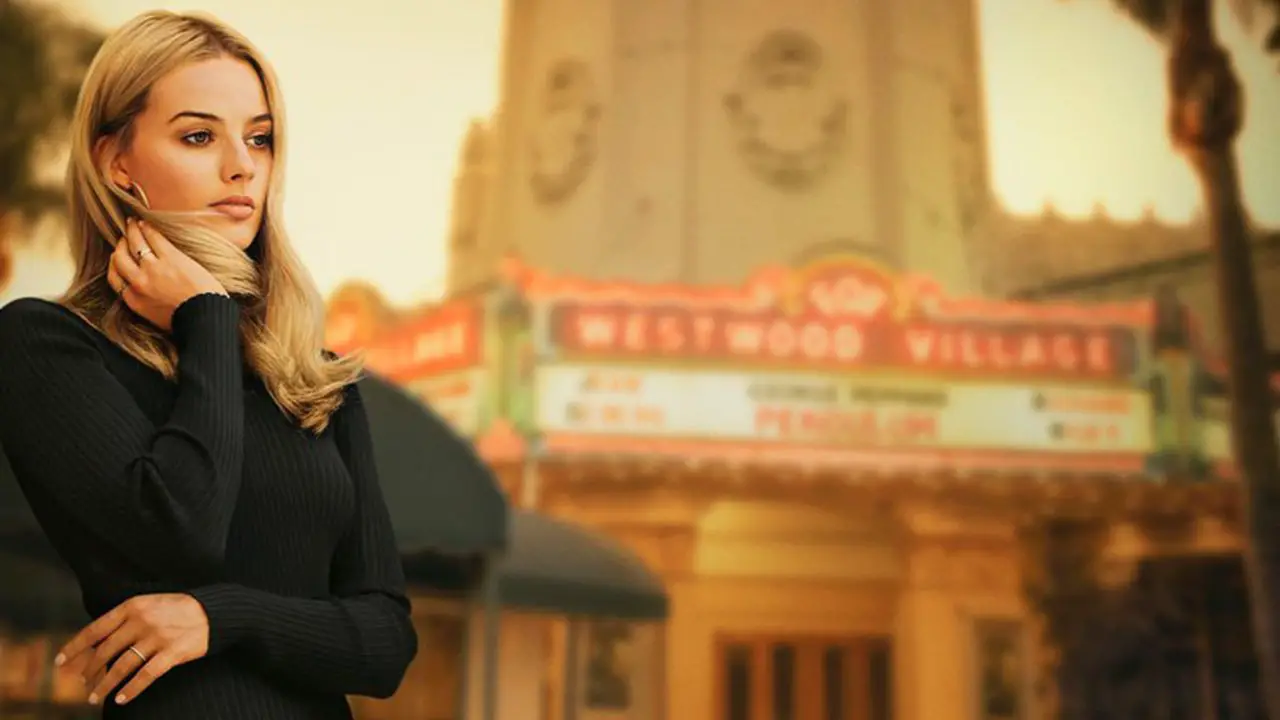
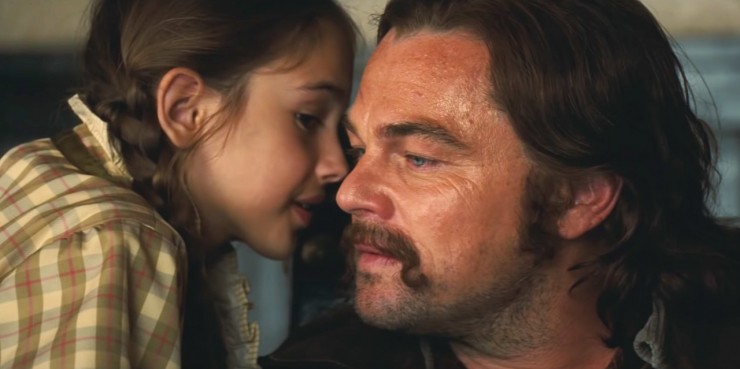
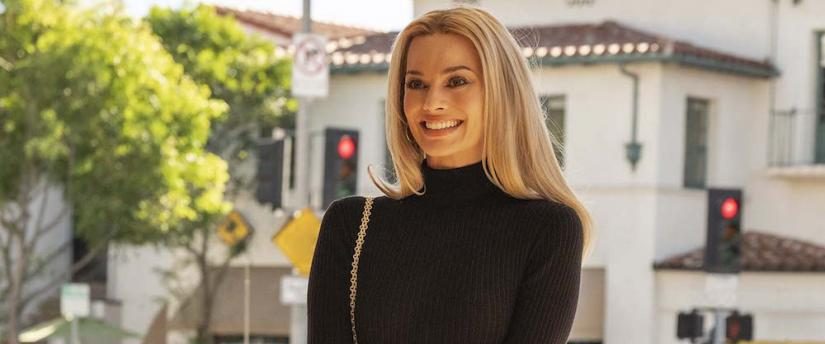

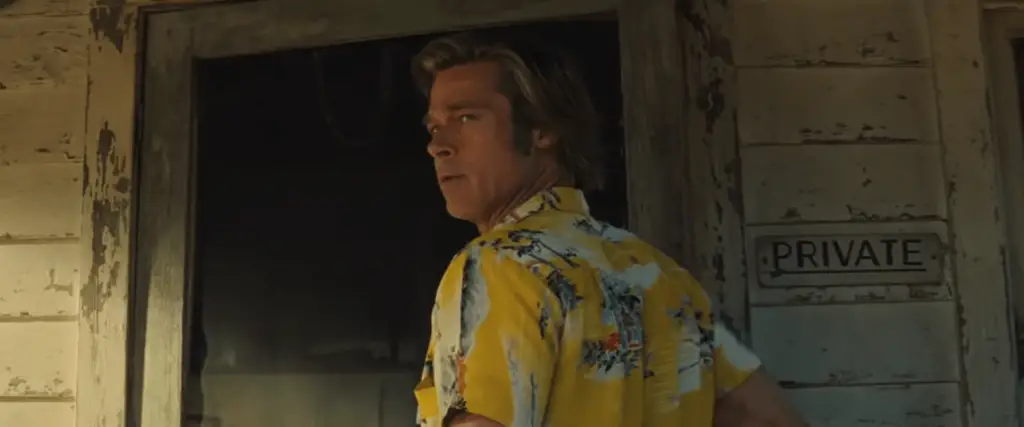
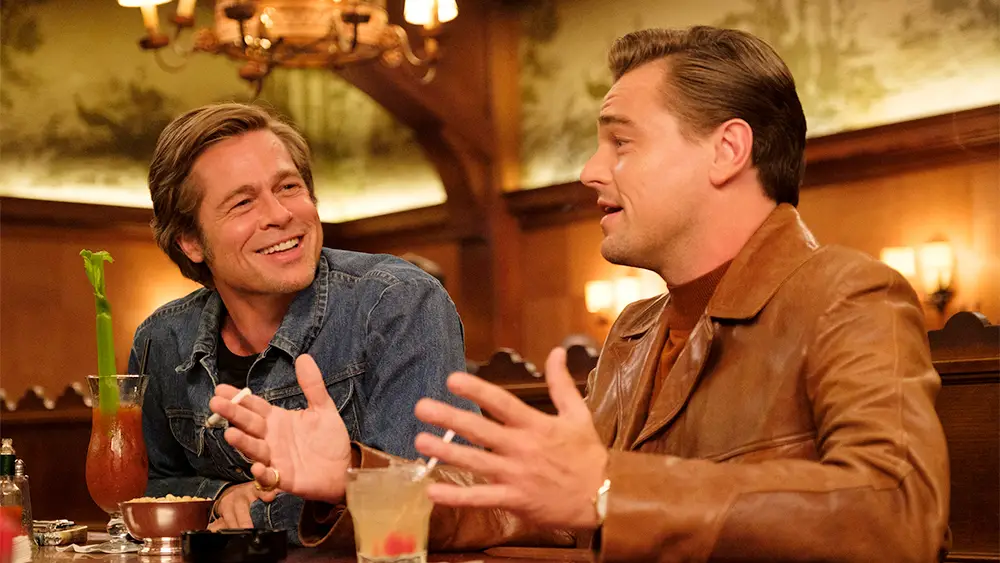



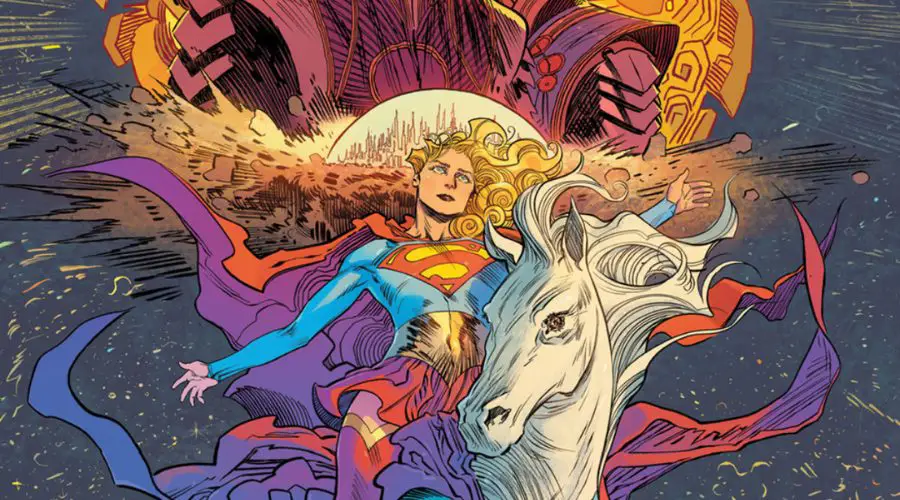
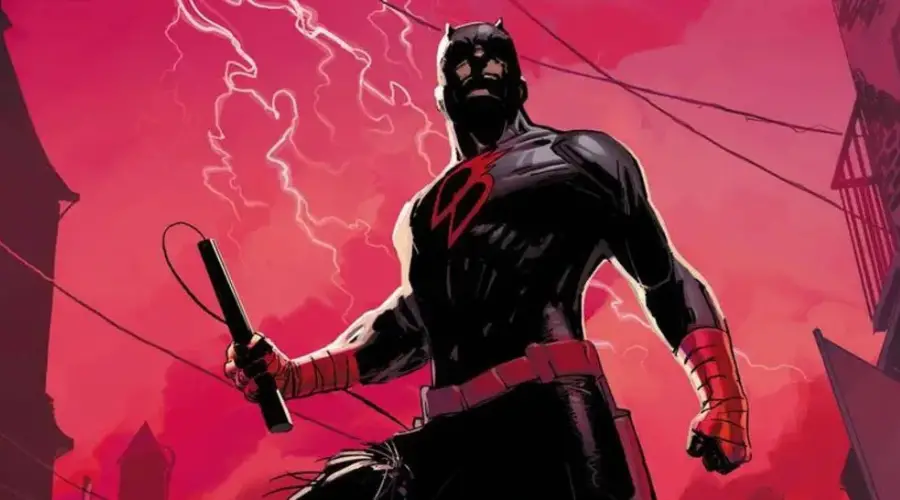


Leave a Comment